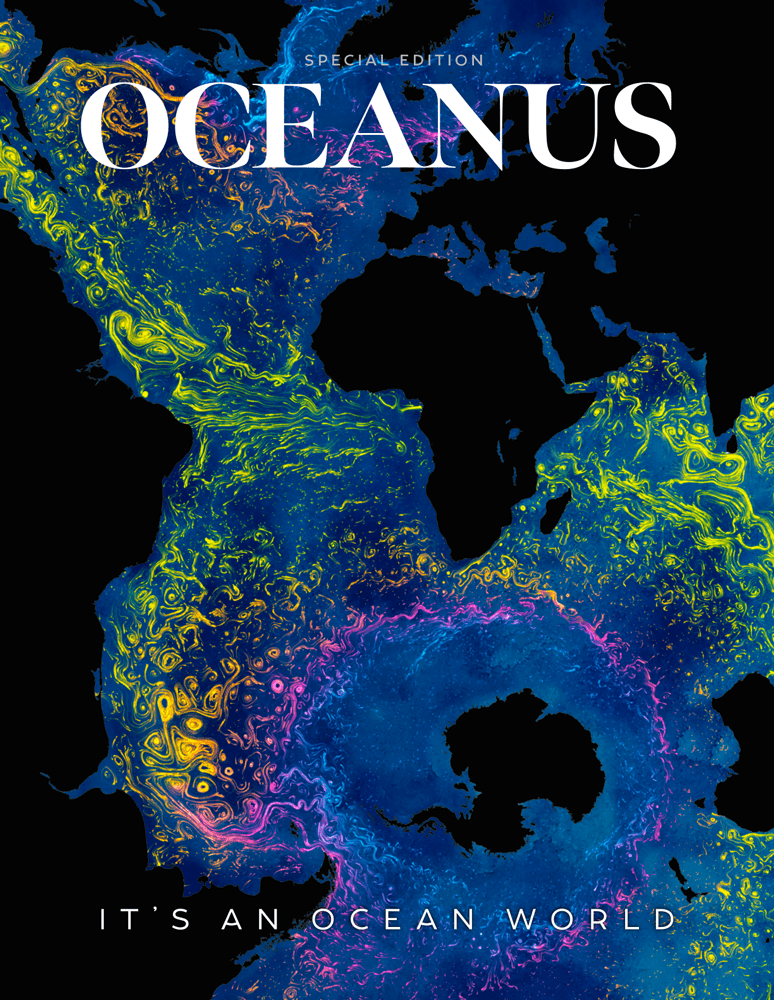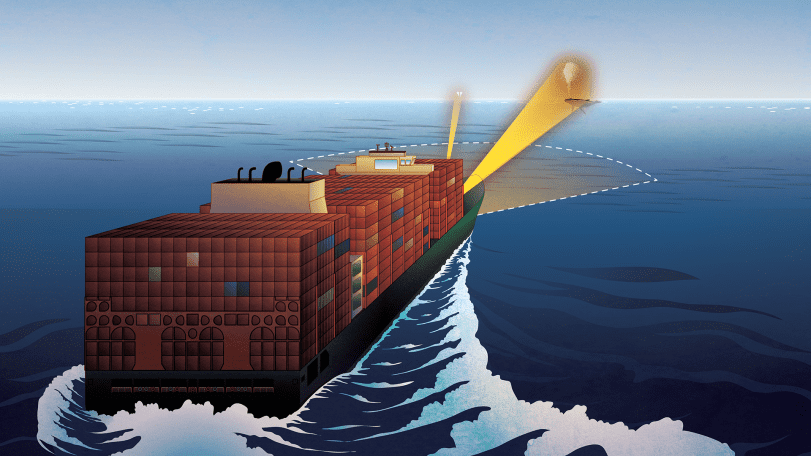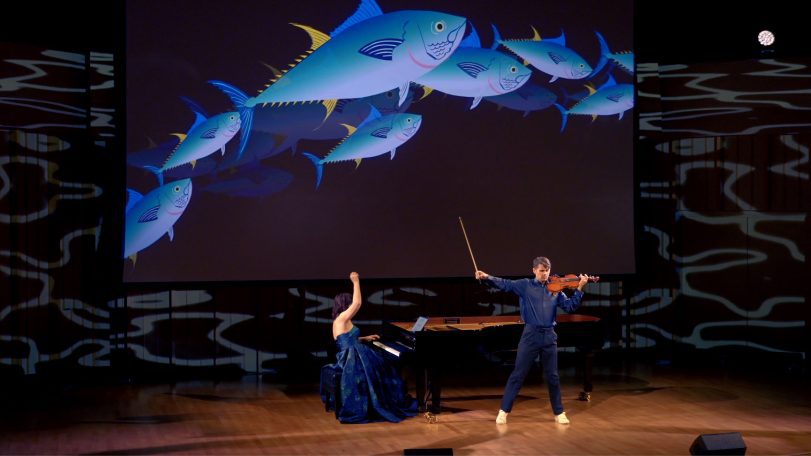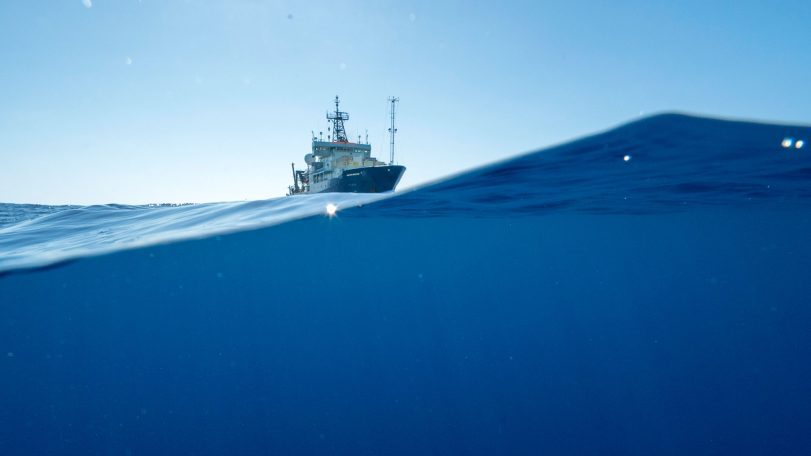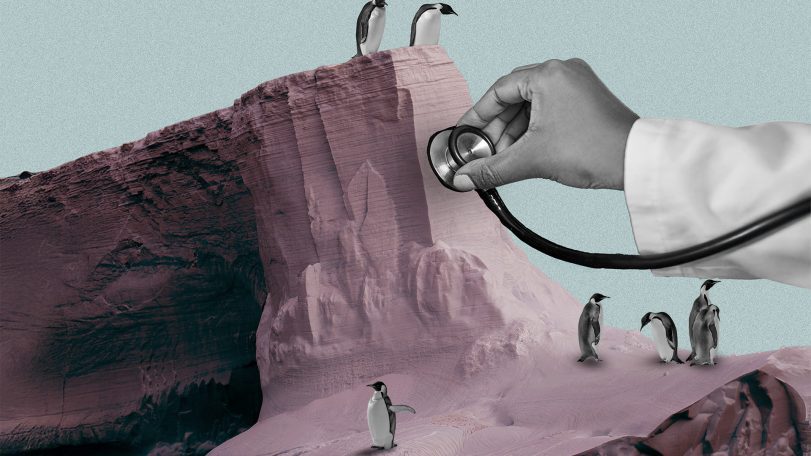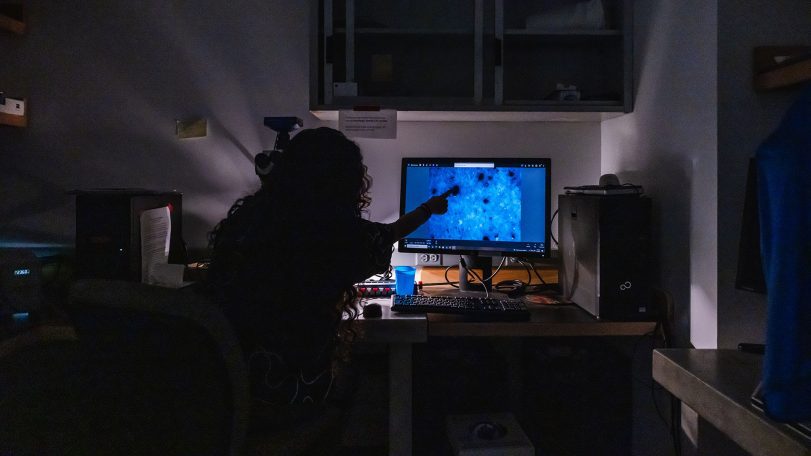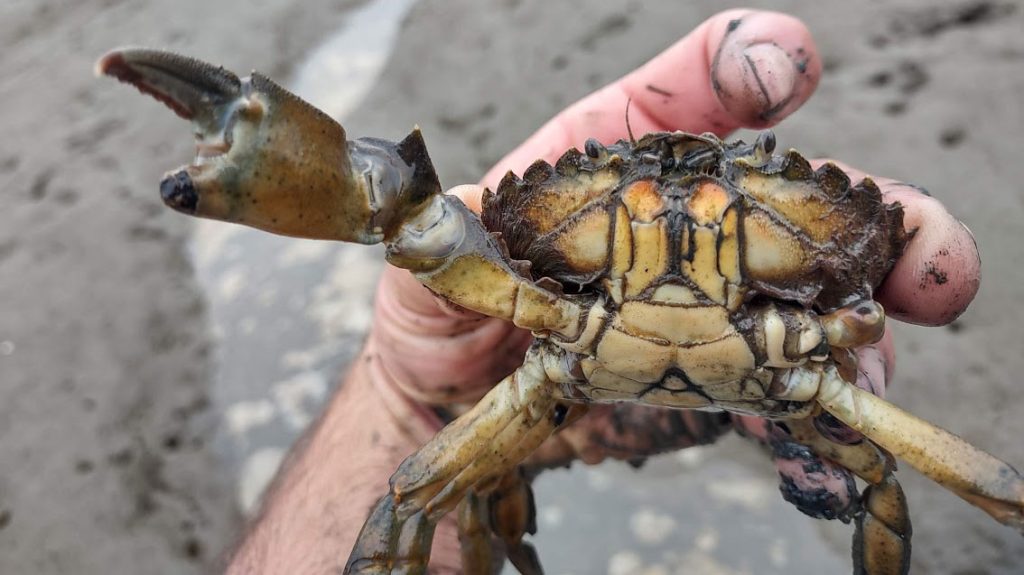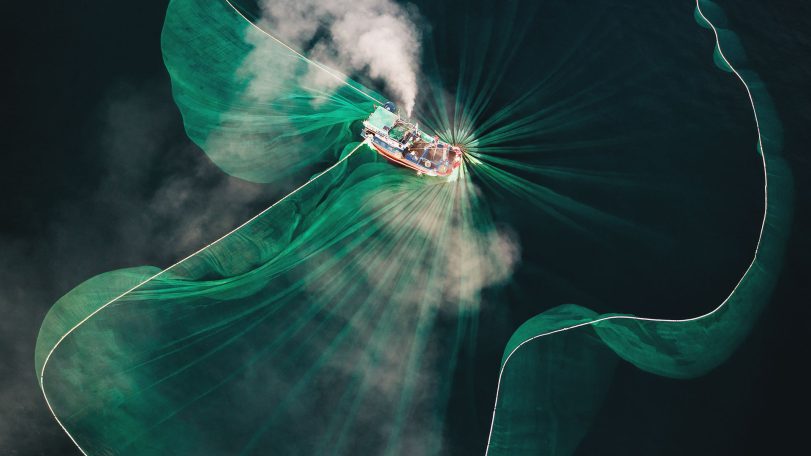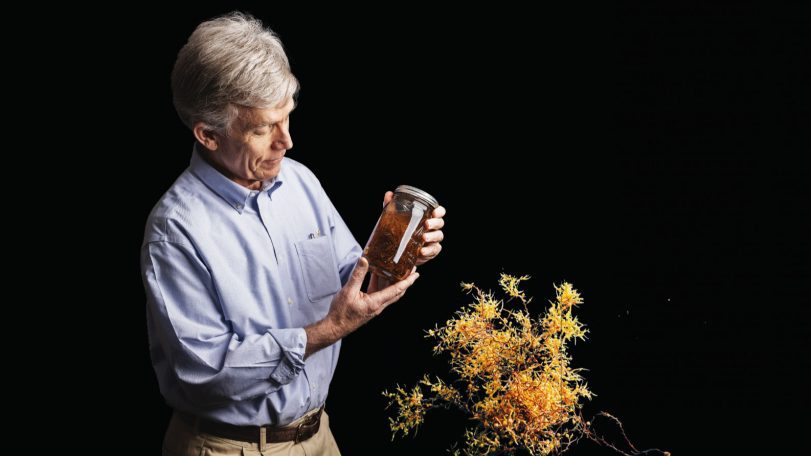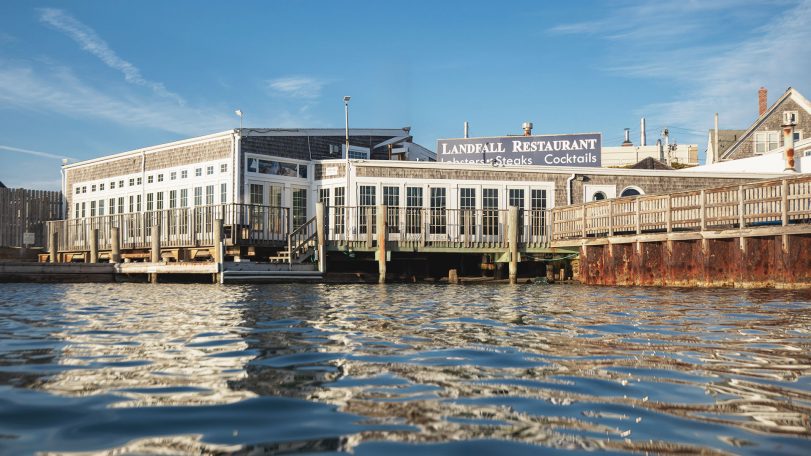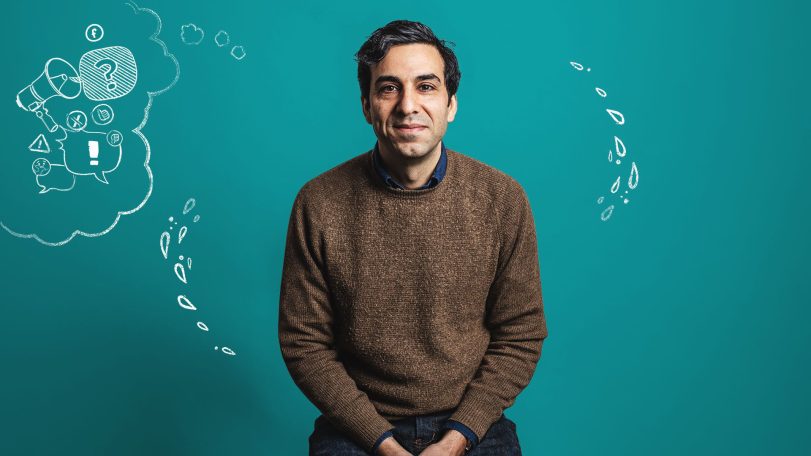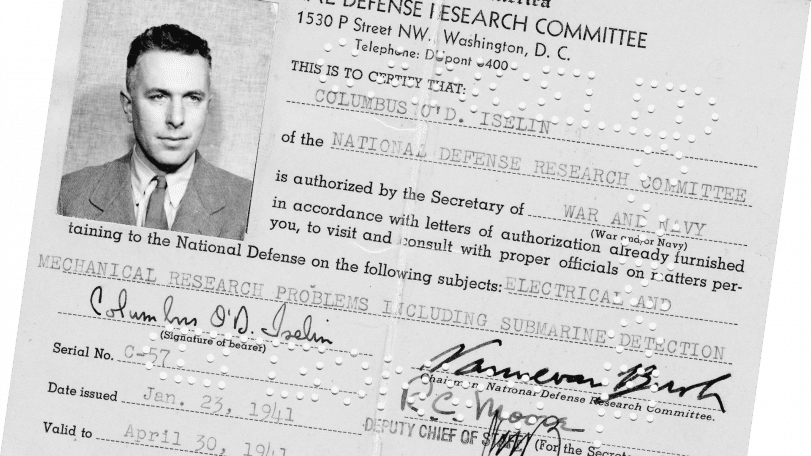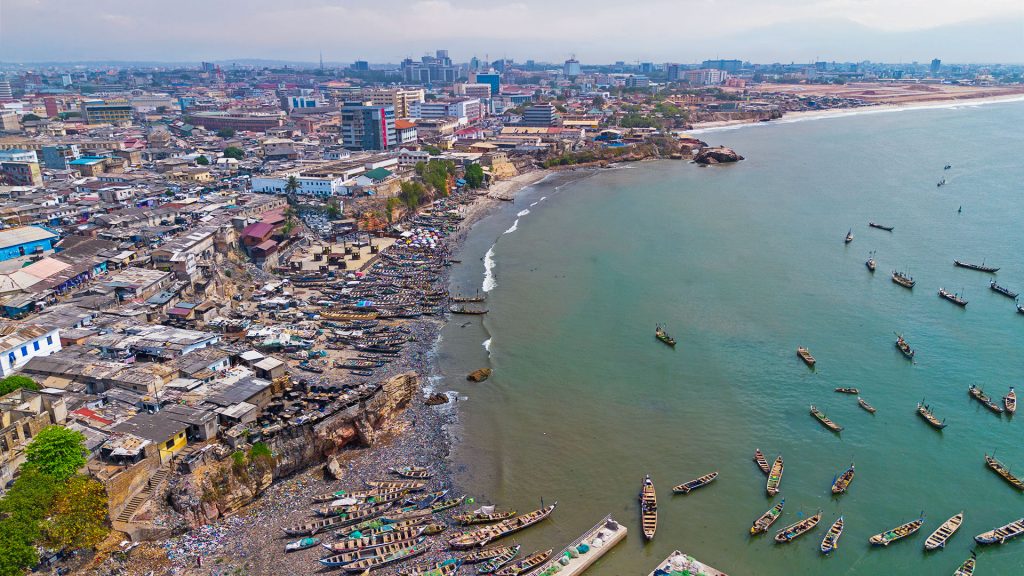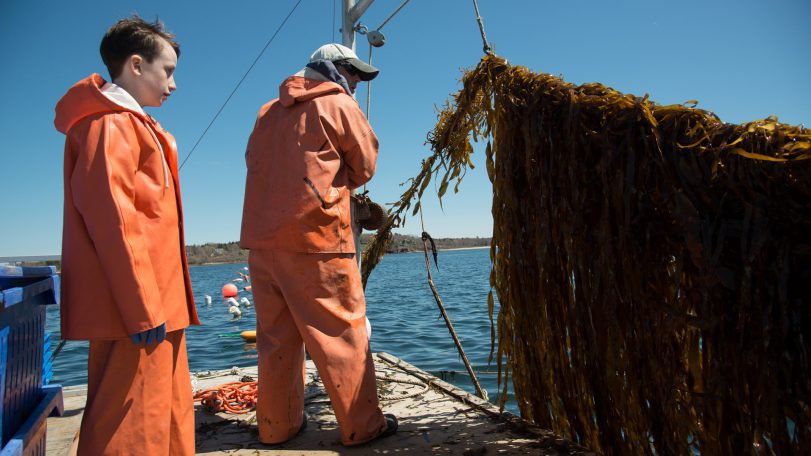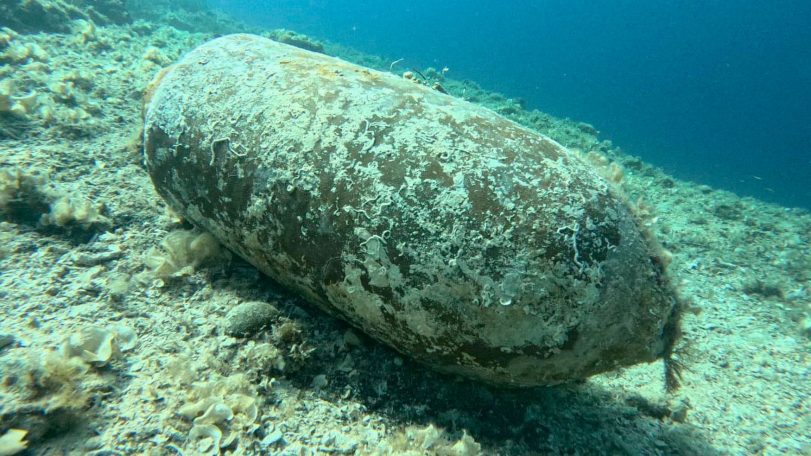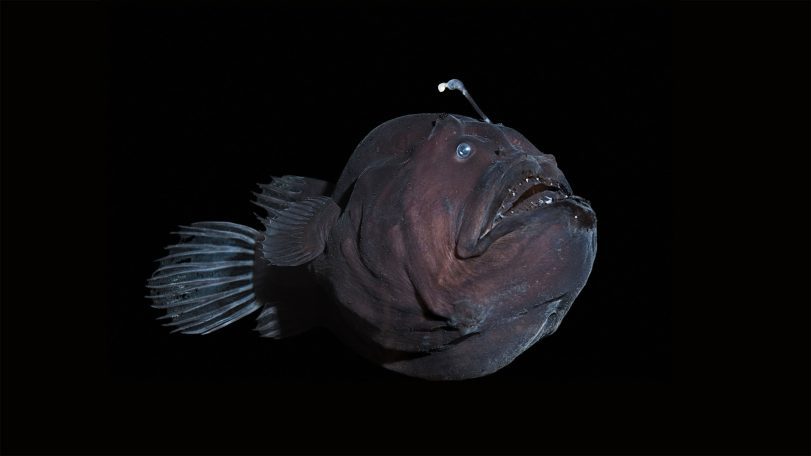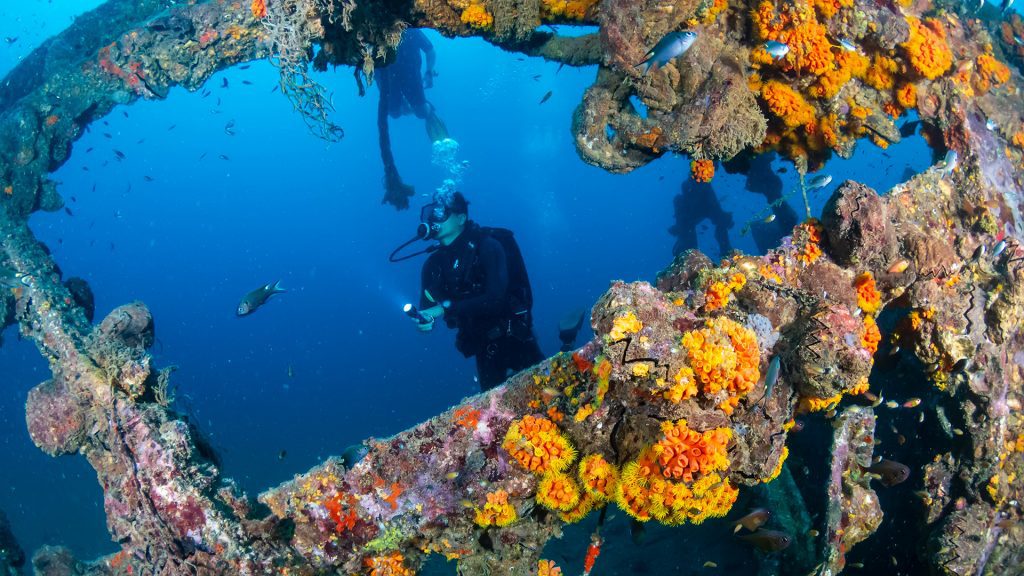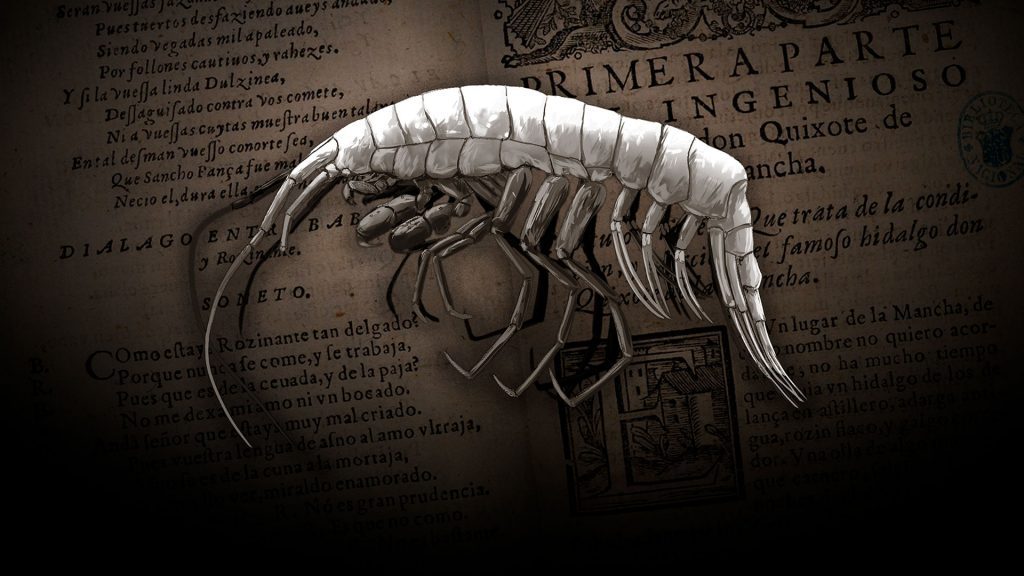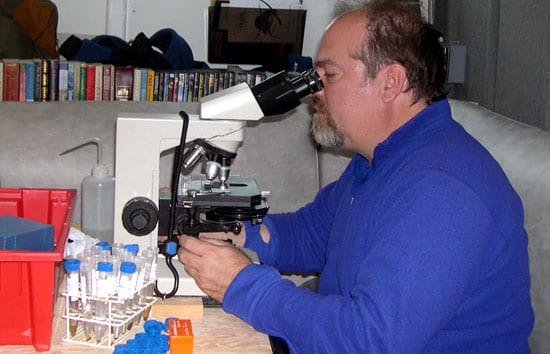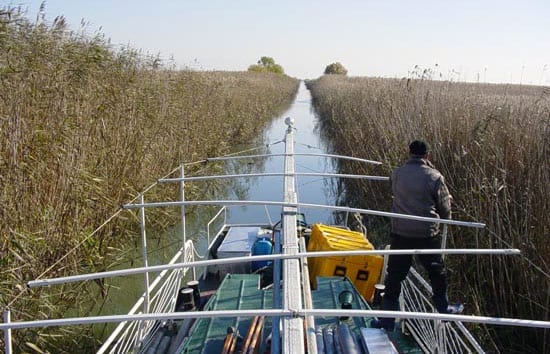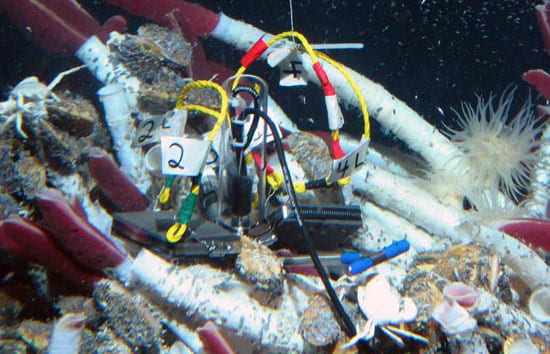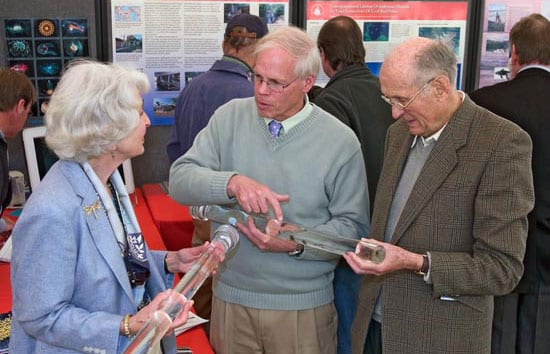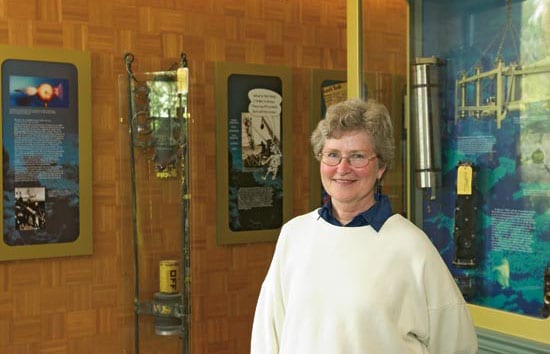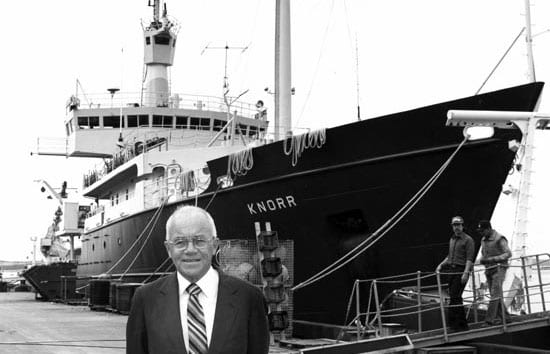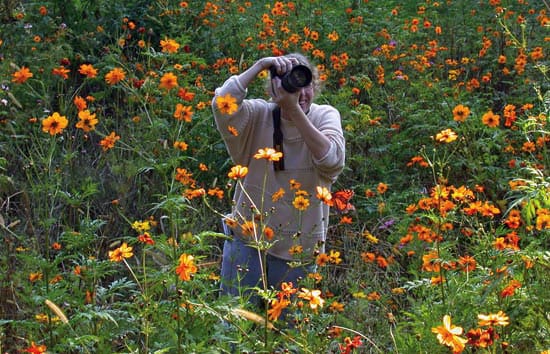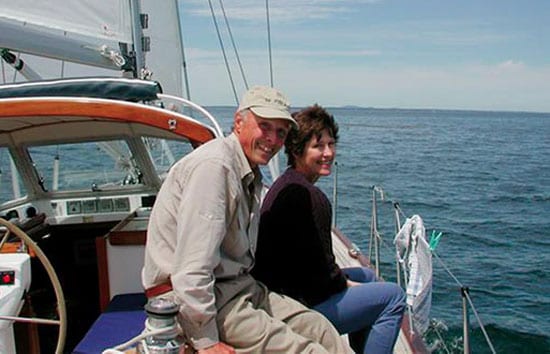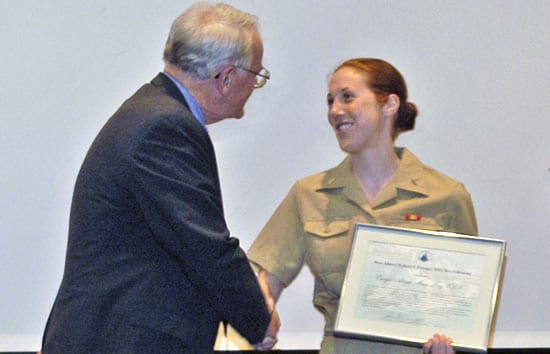
The Ocean (Re)Imagined
How expanding our view of the ocean can unlock new possibilities for life
Body snatchers are on the hunt for mud crabs
WHOI biologist Carolyn Tepolt discusses the biological arms race between a parasite and its host
A polar stethoscope
Could the sounds of Antarctica’s ice be a new bellwether for ecosystem health in the South Pole?
Secrets from the blue mud
Microbes survive—and thrive—in caustic fluids venting from the seafloor

and get Oceanus delivered to your door twice a year as well as supporting WHOI's mission to further ocean science.
Our Ocean. Our Planet. Our Future.
Top 5 ocean hitchhikers
As humans traveled and traded across the globe, they became unwitting taxis to marine colonizers
Following the Polar Code
Crew of R/V Neil Armstrong renew their commitment to Arctic science with advanced polar training
Harnessing the ocean to power transportation
WHOI scientists are part of a team working to turn seaweed into biofuel
Casting a wider net
The future of a time-honored fishing tradition in Vietnam, through the eyes of award-winning photographer Thien Nguyen Noc
Gold mining’s toxic legacy
Mercury pollution in Colombia’s Amazon threatens the Indigenous way of life
How do you solve a problem like Sargassum?
An important yet prolific seaweed with massive blooms worries scientists
Ancient seas, future insights
WHOI scientists study the paleo record to understand how the ocean will look in a warmer climate
Rising tides, resilient spirits
As surrounding seas surge, a coastal village prepares for what lies ahead
Whistle! Chirp! Squeak! What does it mean?
Avatar Alliance Foundation donation helps WHOI researcher decode dolphin communication
We can’t do this alone
For marine chemist Adam Subhas, ocean-climate solutions don’t happen without community
How WHOI helped win World War II
Key innovations that cemented ocean science’s role in national defense
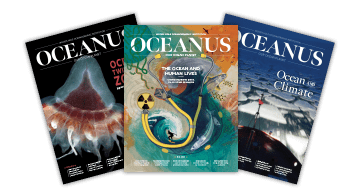
Looking for something specific?
We can help you with that. Check out our extensive conglomeration of ocean information.
Life at the margins
Scientists investigate the connections between Ghana’s land, air, sea and blue economy through the Ocean Margins Initiative
Grits, storms, and cosmic patience
As storms stall liftoff, Europa Clipper Mission Team member Elizabeth Spiers patiently awaits the biggest mission of her life
New underwater vehicles in development at WHOI
New vehicles will be modeled after WHOI’s iconic remotely operated vehicle, Jason
Learning to see through cloudy waters
How MIT-WHOI student Amy Phung is helping robots accomplish dangerous tasks in murky waters
A rare black seadevil anglerfish sees the light
A viral video shows a denizen of the ocean’s twilight zone making an unusual trip to the surface
Unseen Ocean
Artist Janine Wong and scientist Jing He capture the art of currents in “Submesoscale Soup”
Five marine animals that call shipwrecks home
One man’s sunken ship is another fish’s home? Learn about five species that have evolved to thrive on sunken vessels
Deep-sea amphipod name inspired by literary masterpiece
Name pays tribute to Cervantes’ Don Quixote and reinforces themes of sweetness and beauty
Red TideGone for Now, But Back Next Year?
The historic bloom of toxic algae that blanketed New England’s waters and halted shellfishing from Maine to Martha’s Vineyard in the spring of 2005 is over. But scientists are now wondering if there will be an encore.
Before departing, the algae likely left behind a colonizing population that may promote blooms in southern New England for at least the next few years.
The Once and Future Danube River Delta
?The Danube River Delta is like the Everglades,? said Liviu Giosan, who grew up near the Romanian wetlands. The triangle-shaped, sediment-rich region at the mouth of the Danube River is also rich with human history. A traditional maritime culture persists on the delta, and the United Nations has declared the region a World Heritage site. The Danube Delta is also a great place for a geologist to study how the coast stretches, contracts, and undulates with time?and human interference.
Settling on the Seafloor
People may search for a long time, but they know it when they see it—the…
A Tropical Research Paradise
WHOI Trustees Frank and Lisina Hoch have issued a one-to-one $1.125 million challenge to seize new opportunities and expand the Institution’s research in tropical regions.
Institution Celebrates 75th Birthday in 2005
WHOI celebrates 75 years of ocean research, education, and exploration this year with several events planned for August and September.
Seafloor Reconnaissance Reveals Hidden Dangers Off Antarctica
For five frigid weeks in April and May 2005, a team of scientists and engineers…
Guy Nichols: Transforming Institutions
Guy Nichols never shied away from tough jobs. And he never lost sight of the fact that an organization needs all its people, not just those at the top.
Remembering a Scientist/Student/Artist
Celeste Fowler joined the MIT/WHOI Joint Program (JP) in June 2003 and quickly made her presence felt.
WHOI Associates Have a New President
In May 2005, Carl Peterson was named president of the WHOI Associates, whose membership supports research at WHOI.
Newest Alvin Pilot Comes Aboard
Gavin Eppard became WHOI?s newest Alvin pilot on March 21, 2005.
Pittenger Fellowship Awarded to Naval Graduate Student
WHOI presented its first Rear Admiral Richard F. Pittenger Fellowship in March to Ensign Allison Berg, a master’s degree candidate in the MIT/WHOI Joint Program.
